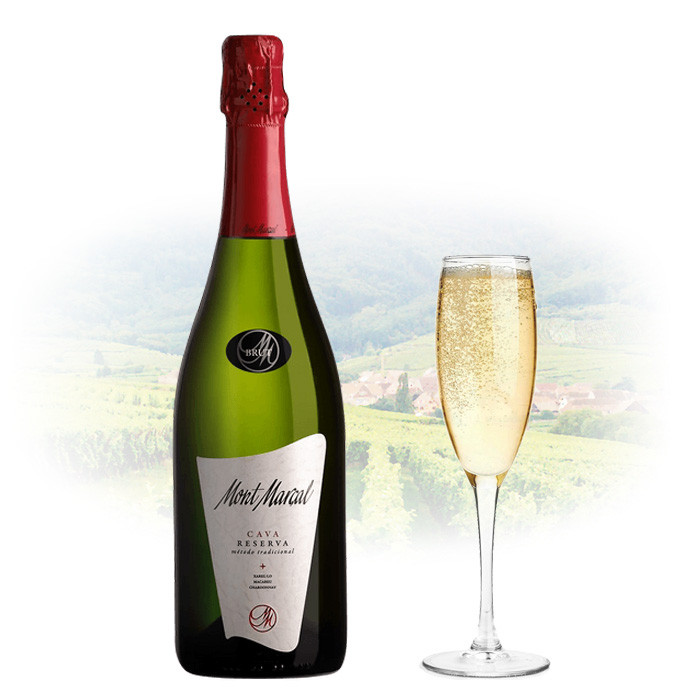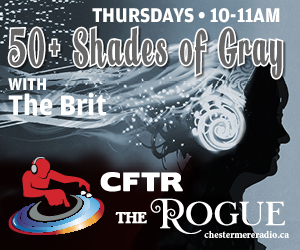The first week of July was pretty damp and miserable, but when the sun finally burned off all the cloud cover, I made a beeline to the nearest patio brunch with my regular posse. As a proper boozy brunch, the mimosas were flowing freely, and were made with a Spanish twist, from Valencia orange juice and Cava, Spain’s sparkling white version of Champagne or Prosecco.
This history of Spanish Cava is closely tied to French Champagne, and begins in 1872, when a Spanish winemaker learned the secrets of sparkling wine from a French cellar master in the Champagne region.
That Spanish winemaker was none other than Josep Raventós, proprietor of the Codorníu Winery, which has been owned by the same family since its founding in 1551, and is still in operation today.
To understand Spanish Cava, you must understand French Champagne, as the production method is identical.
The so-called traditional method used by the Spanish and French starts by fermenting a white wine, which then undergoes a secondary fermentation in the bottle by adding a shot of yeast and sugar during the bottling process.
The wine is then cellared for at least 15 months, while the secondary fermentation in the corked bottle forces the carbon dioxide produced during fermentation to be absorbed into the wine.
After a minimum of 15 months, the yeast is collected in the neck of the bottle, which is then frozen and disgorged from the bottle. The resultant sparkling wine is then topped off and recorked.
This differs from the method used for Italian Prosecco, which employs a more industrialized production process that performs the secondary fermentation in giant steel vats instead of in each individual bottle.
French Champagne normally uses Chardonnay grapes, while Cava substitutes native Spanish grapes such as Macabeu and Parellada.
While the Codorníu family-owned winery was the first producer of Cava in 1872, other producers tried getting into the game shortly after. The most successful has been Freixenet, another long-established winery that turned to Cava production in 1914.
Today, Freixenet is the most popular Cava in the world, and is affectional nicknamed “black bottle bubbly”, due to its distinctive black bottle with flowing golden script on the label.
Freixenet Cava is widely available at all but the smallest liquor merchants in Alberta, as well as any self-respecting Spanish restaurant. Available in assorted levels of sweetness, there is a Freixenet for every palate.
The most popular is the Cordon Negro Brut, which makes up more than half of the 100 million bottles produced every year. This is a dry sparkling wine, with crisp flavours of apple and pear on the palate, followed by a biscuity finish from the time spent aging on the spent yeast in the bottle during the secondary fermentation.
My favourite is the middle of the road regular dry Brut style, rather than the extra-dry or semi-sweet varieties, but brunching companions were all over the extra-dry version, which was more earthy, with lingering notes of ripe fruit aromas.
Both pair well with seafood, particularly the shrimp and lobster appetizers that are so popular in Spanish cuisine.
For those thinking that an imported sparkling wine from Spain will blow your booze budget, fear not, as Spanish wines are an excellent value for your hard-earned dollars. Expect to pay around $17 for a full-size bottle, or closer to $5 for a single-serving 200mL bottle.
The biggest challenge with Cava is that it refers to any sparkling wine from Spain, which is much less restrictive than French Champagne, which can only be produced in a very small geographic area.
This means that Cava can come from any one of 159 different municipalities, some of which are of higher quality than others. The bonus to the boozing public is that Cava is available at every price point, but the large number of producers makes it difficult for novice boozers to differentiate.
It can be a challenge to keep track of all the different producers, so I tend to stick with the two biggest Cava producers on the market, namely Freixenet and Codorníu, both of which are easy to find at your friendly neighbourhood booze merchant.
Instead of reaching for a French Champagne or Italian Prosecco at your next event that calls for bubbly, crack open a bottle of Spanish Cava to broaden your booze horizons!
Cava-lier Attitude

In response to Canada's Online News Act and Meta (Facebook and Instagram) removing access to Canada's local news from their platforms, Anchor Media Inc encourages you to get your news directly from your trusted source by bookmarking this site and downloading the Rogue Radio App. Send your news tips, story ideas, pictures, and videos to info@anchormedia.ca.







